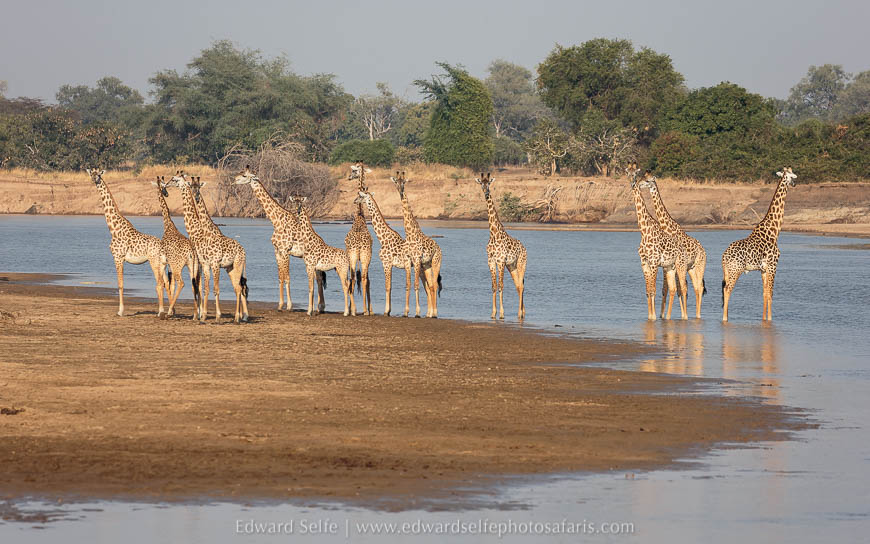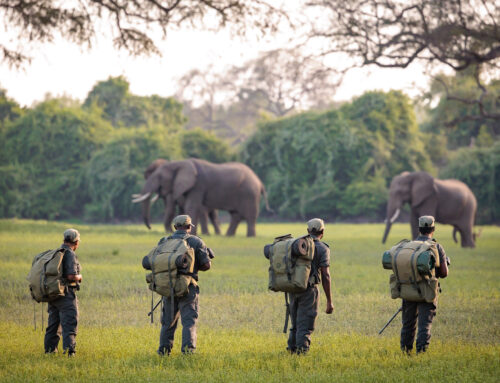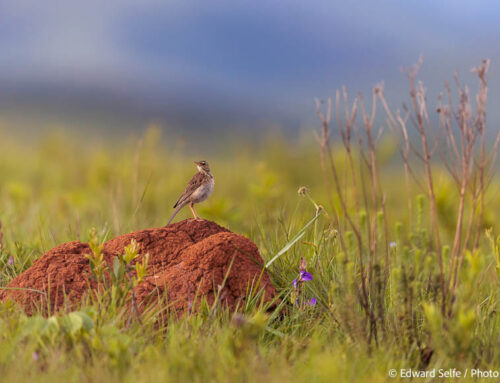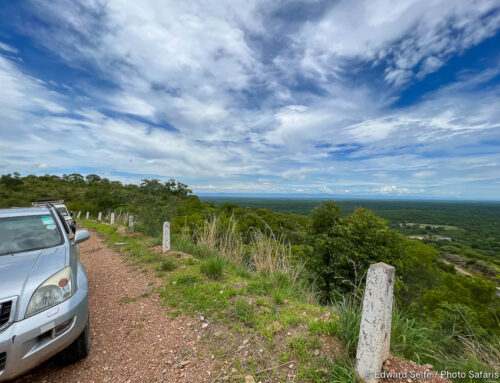Once August arrives in the Luangwa, the dry season is really in full swing. There is very little water anywhere except in the river, and the ground vegetation is thinning dramatically thanks to very active termites and grazers.
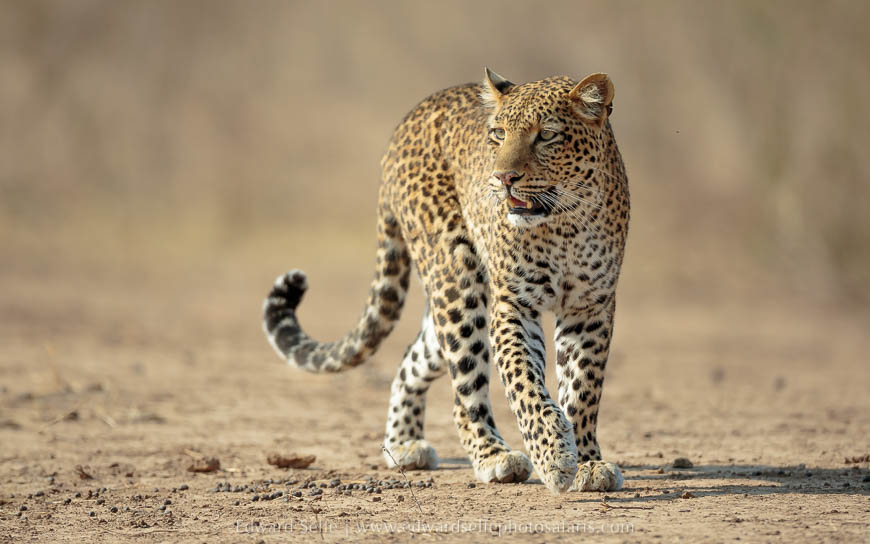
These conditions lead to excellent game viewing. All animals must visit the remaining waterholes to find water, grazers are concentrated along the remaining floodplains where grass can be found, and the lack of vegetation cover means that visibility throughout the park is excellent.
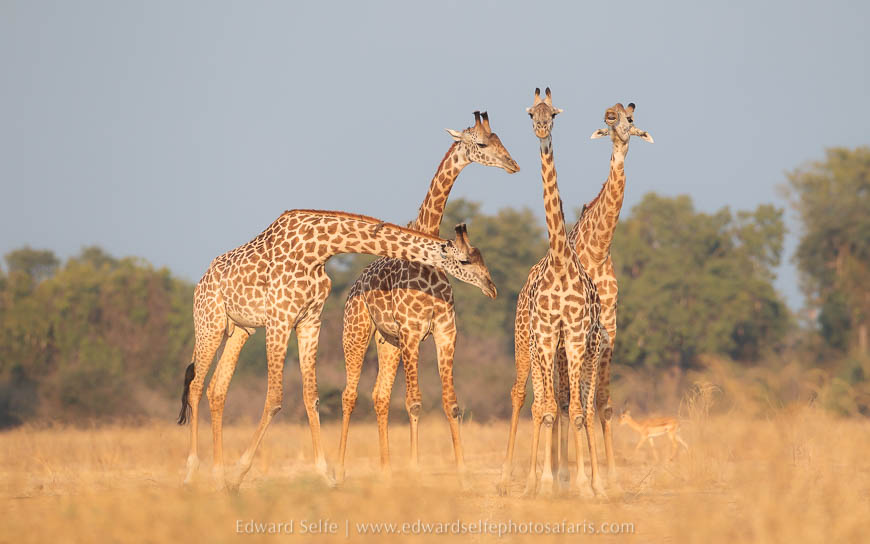
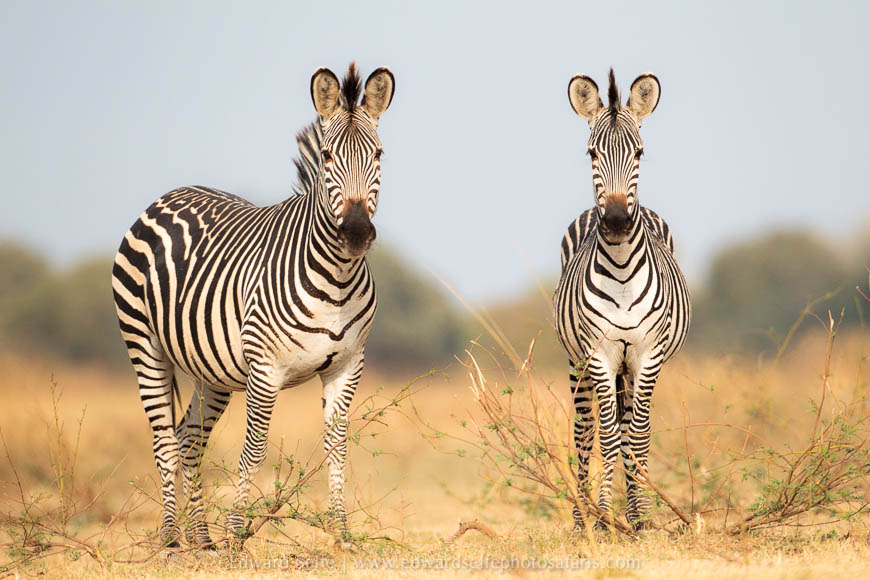
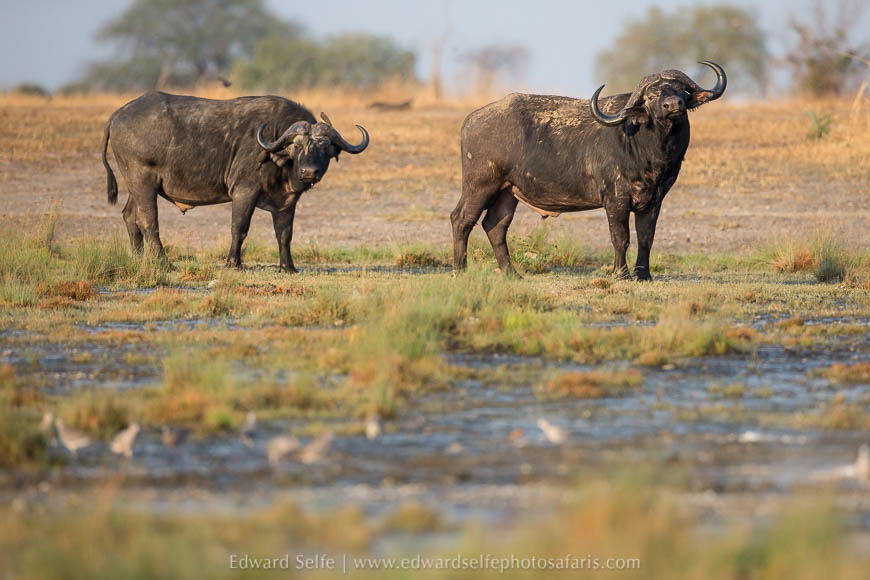
The daytime temperatures are starting to increase with highs of 35 degrees Celsius towards the end of the month. The light is golden and makes for wonderful photographic opportunities.
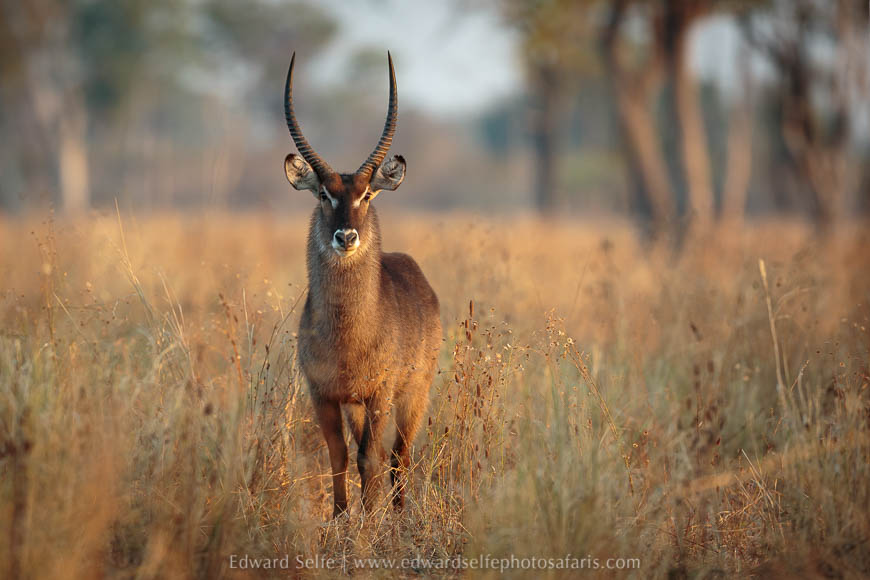
Elephants, with their vast requirement for water, are thronging along the rivers, drinking when they can and taking the opportunity to bathe and cool off at the same time.
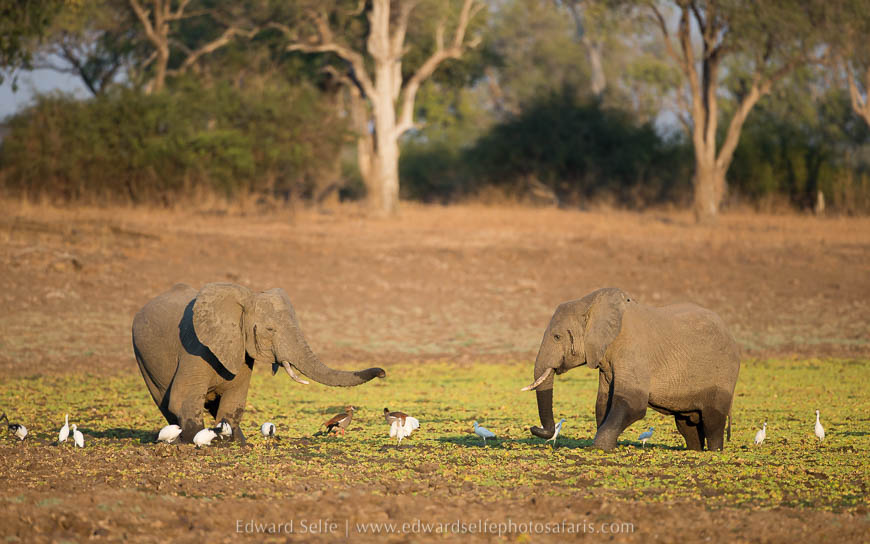
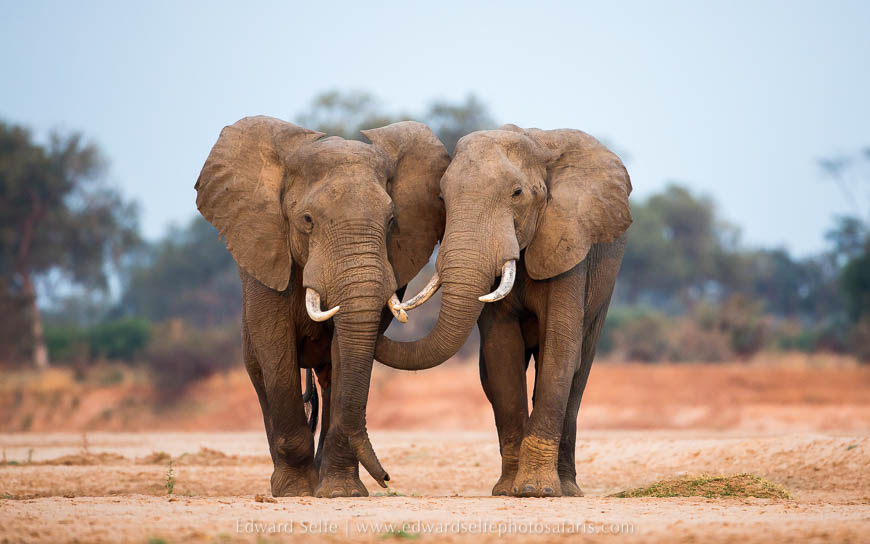
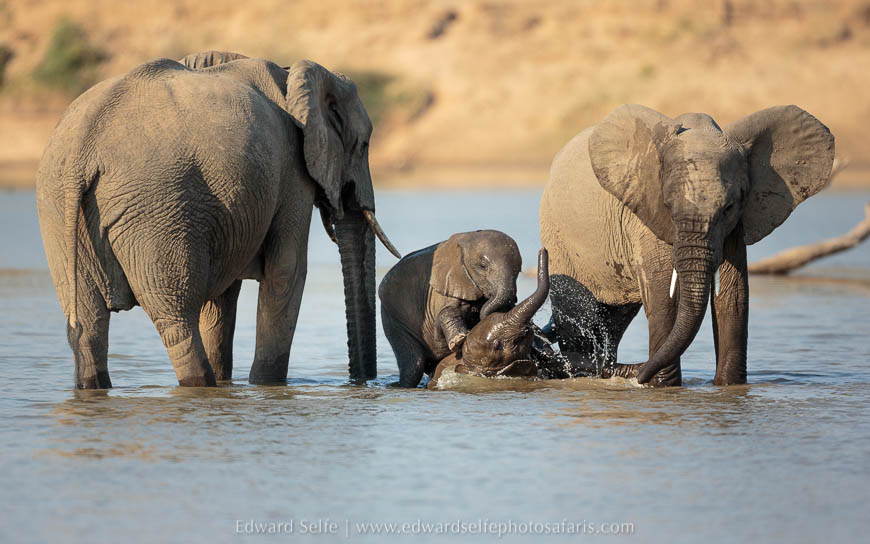
With daytime temperatures on the increase, it’s worth spending time in the forest areas where many antelope take shade and search for fallen fruits and seeds. The Luangwa’s famous ebony groves are particularly suitable for this and give superb photos.
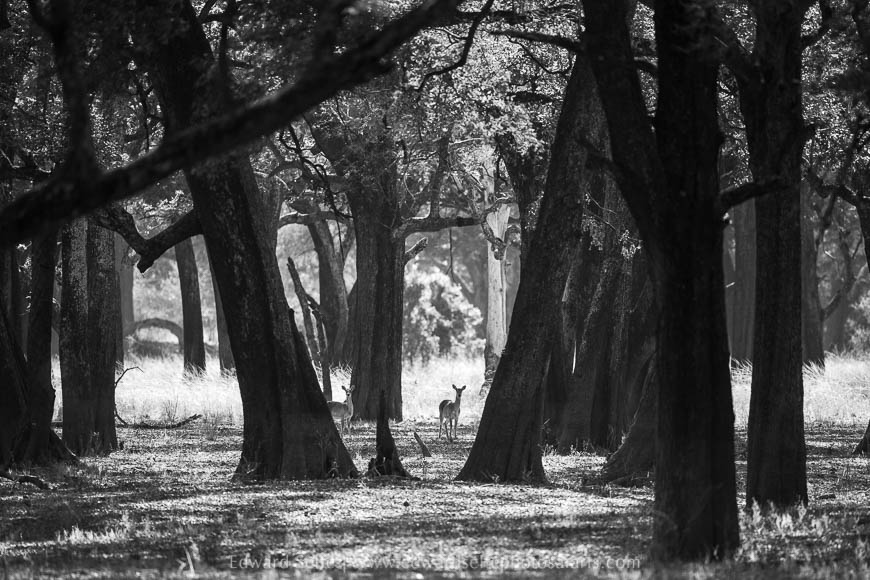
Since all the prey species are in close proximity to the water, predator interactions are starting to hot up. Leopards are trailed by hyaenas hoping to scavenge a meal, and occasionally lions are drawn to the sound of leopards hunting, so we see interactions between the two big cat species as well!
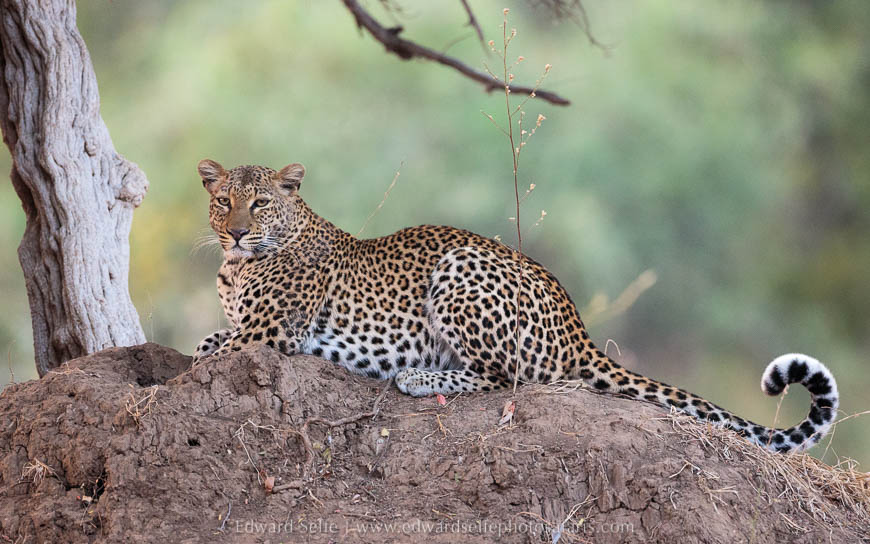
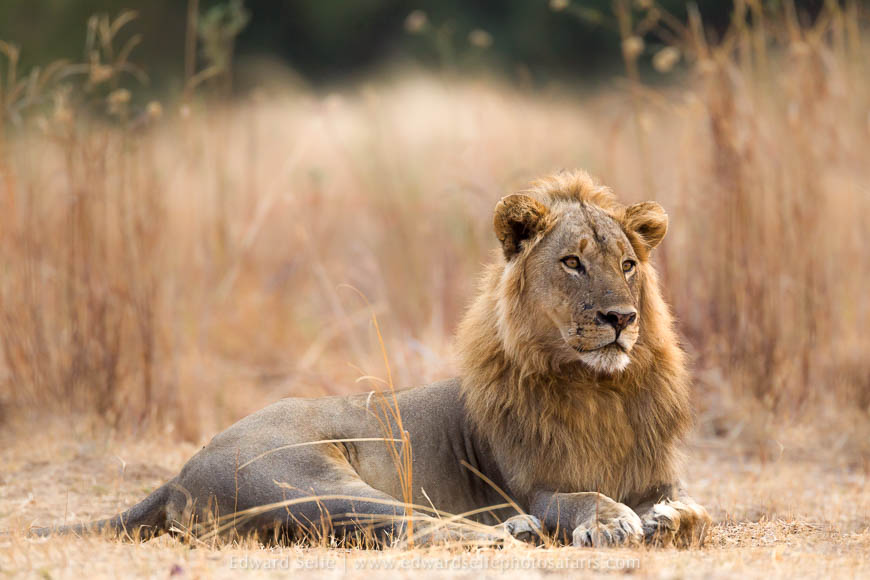
Many of the bird species are quieter since this is not a busy breeding time for them. The exceptions of course are the lilac-breasted rollers and the carmine bee-eaters who start to excavate nest holes in August in preparation for the bulk of the breeding process which occurs in September and October. Along the river, fish eagles, storks and herons compete with great white pelicans for the remaining fish.
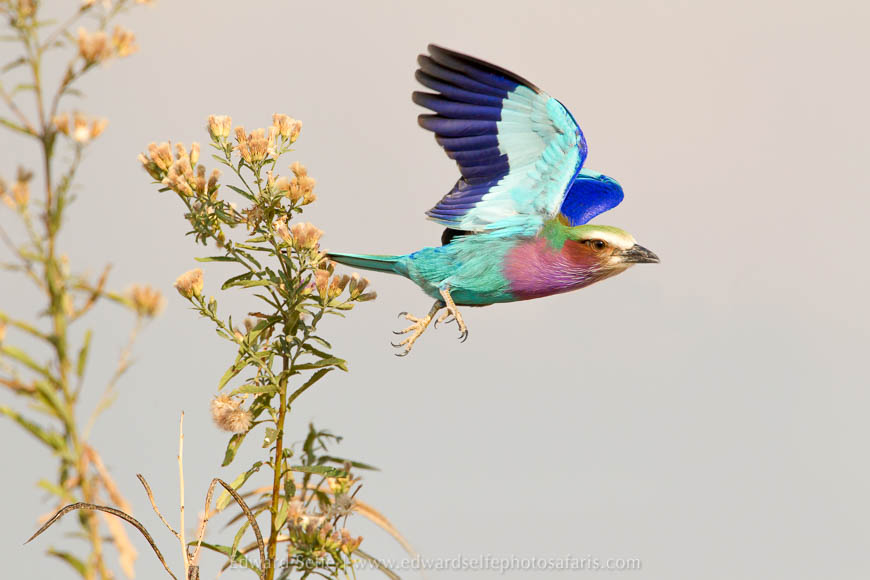
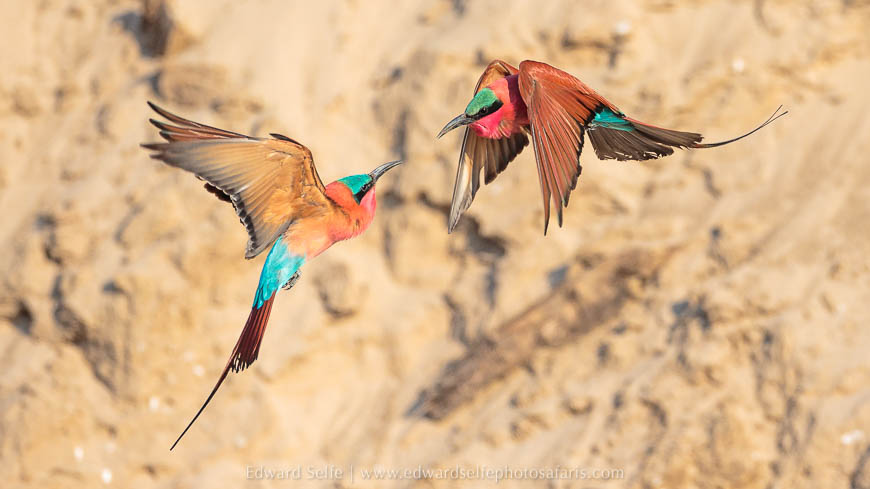
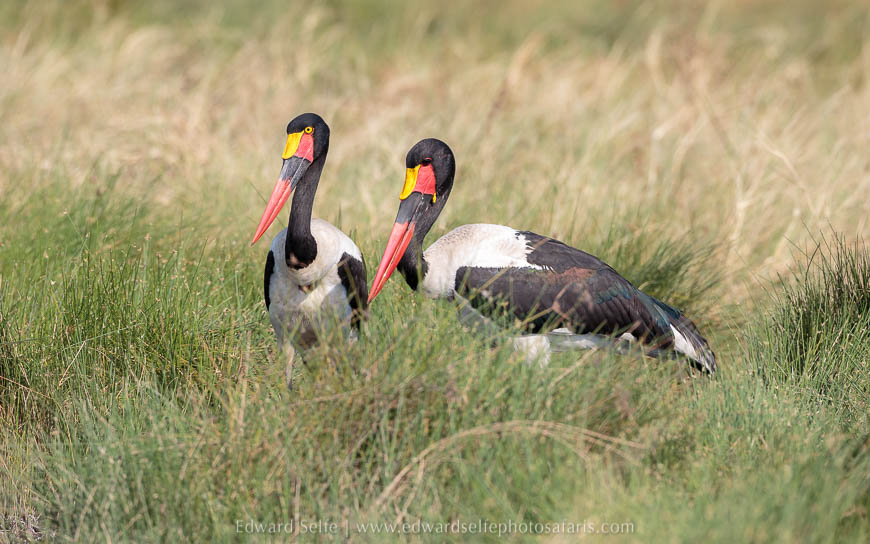
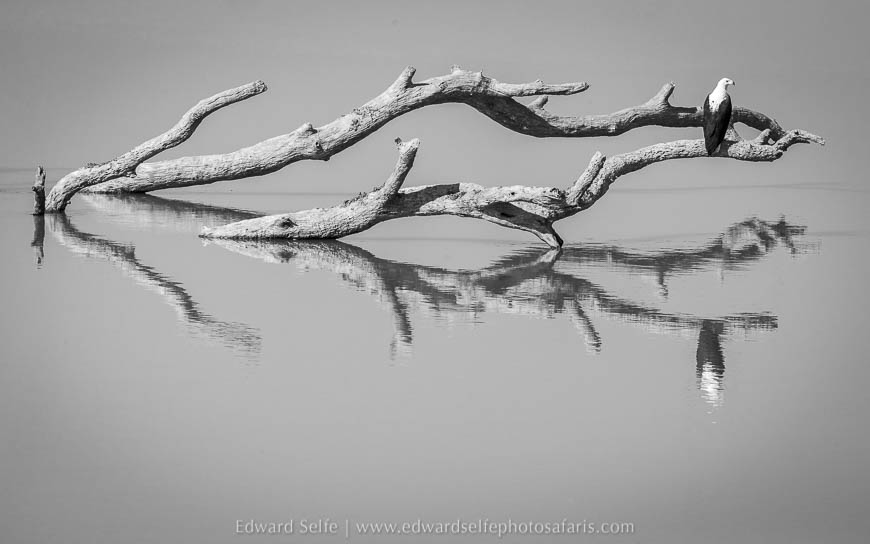
With increasing levels of dust and haze in the atmosphere, the sun’s intensity is cut, giving soft morning light, dramatic dusty sunsets and plenty of opportunities for gentle side-lighting.
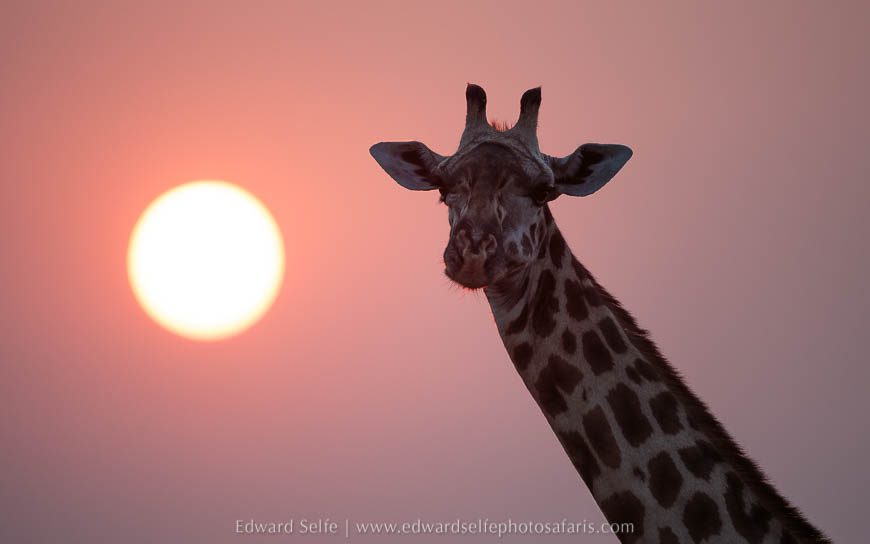
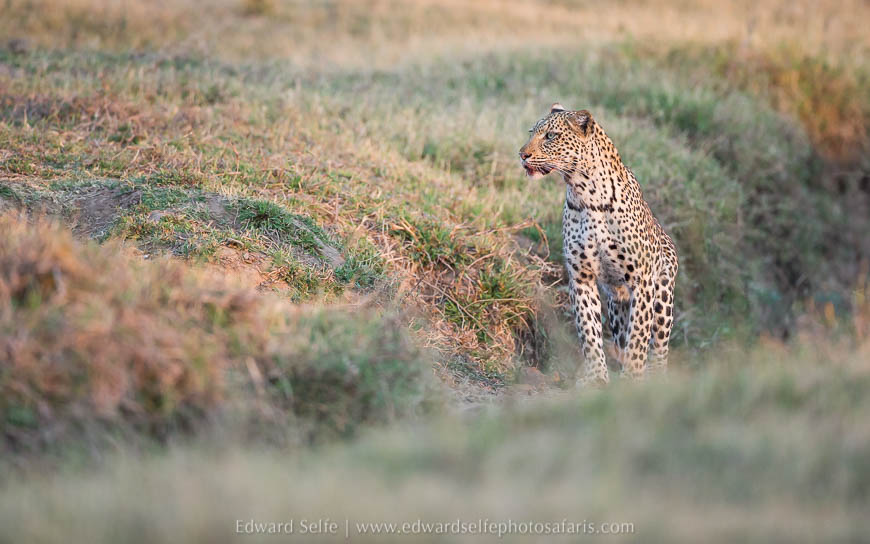
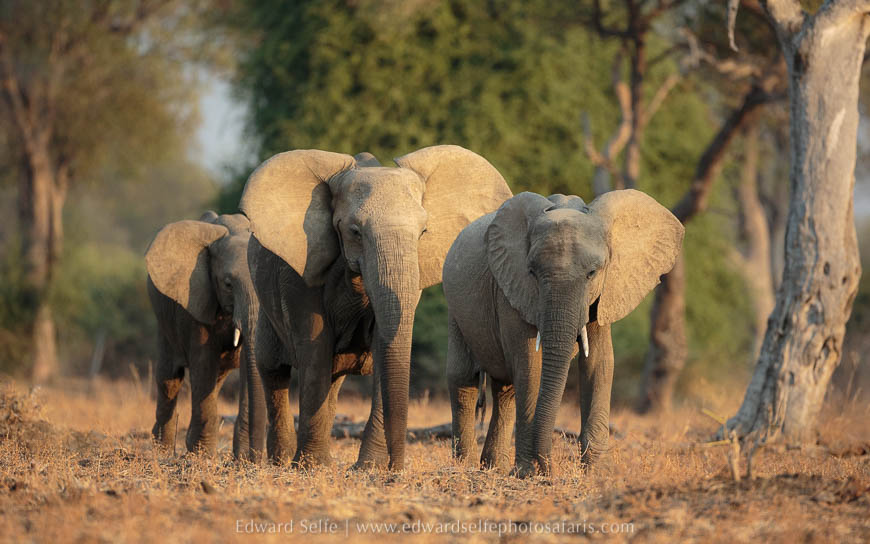
Night time safaris are exciting since nocturnal creatures are also in need of water, and a variety of lesser-seen species such as porcupines, honey badgers and Pel’s fishing owls can be found with the help of a spotlight.
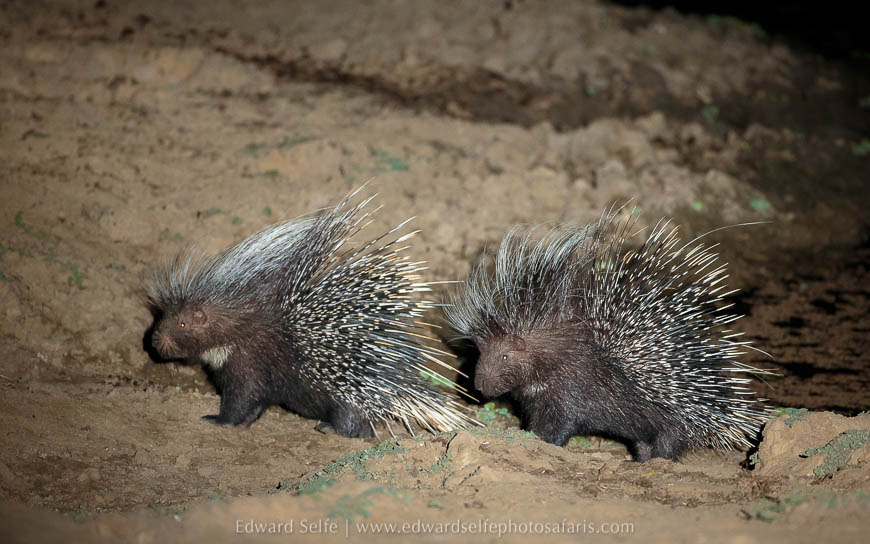
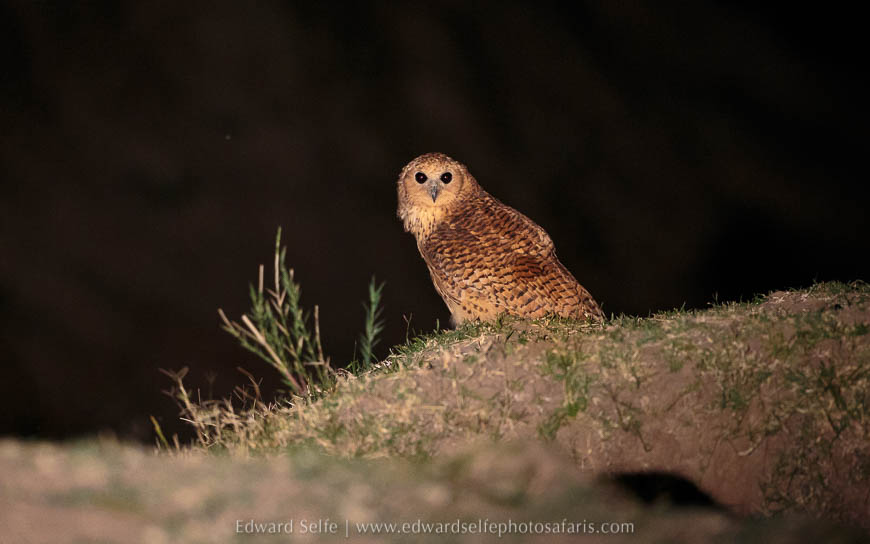
August is a superb month in the Luangwa – if you are considering a trip and are keen to hit the best balance between sightings and daytime temperatures, this might well be the time to come.
